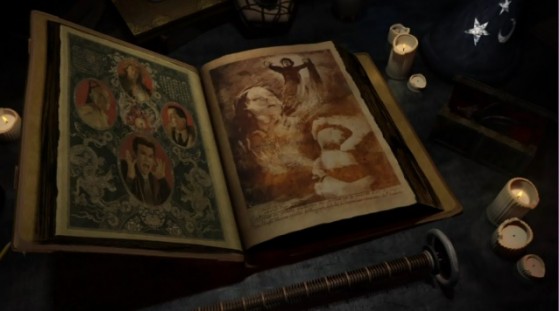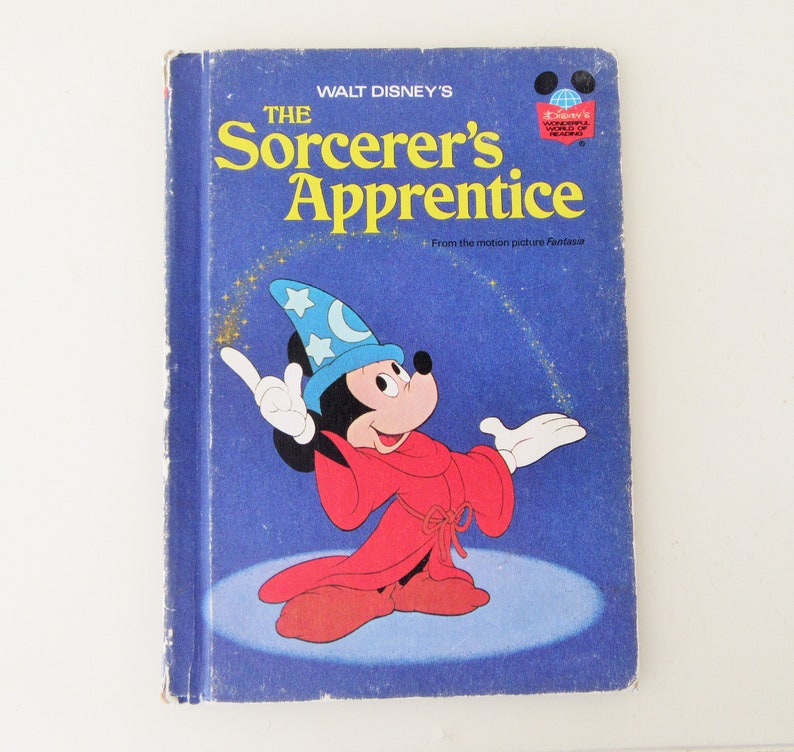
sets the stage for a remarkable departure from the usual animated dreck that Disney has been bogged down by for the last half-decade (Toy Story aside). If Disneyland and Disney World are pulse-stopping monuments to his gifts as an organiser and administrator, his best films remain, warts and all, somehow much more than his limited sensibilities would seem to imply.I can't stop watching it!!! Four of the seven new segments in this film are alone well worth the admission. He was also a supreme innovator and perfectionist who never ceased exploring the possibilities of the medium.

Why? Because Disney's storytelling was unbeatable. But you can't stop most of them watching Fantasia. You don't catch many children these days reading Wind in the Willows.

From now on it's mashed potatoes and gravy".įantasia is mashed potatoes and gravy but there's more than a hint of beluga there too. But after the failure of Fantasia (short-lived since the film has now gone well into profit) Disney decided that "we're through with caviar. We should also remember, however, that Disney was once heralded as a serious artist, and praised by no less a figure than Eisenstein as "the most interesting director in America". "Our environment, our sensibilities, the very quality of both our waking and sleeping hours are all formed largely by people with no more artistic conscience and intelligence than a kumquat," wrote Richard Schickel. The reason for much of the opposition is almost certainly because of Disney's success in not only influencing the course of animation but also infecting us all with his grossly sentimental and often reactionary values. "I'll say nothing about the visual complement as I do not wish to criticise an unresisting imbecility."


To Stravinsky, whose The Rite of Spring was restructured, and then made to illustrate what someone described as a "paleontological cataclysm of ponderous didacticism", it was torment. To Leopold Stokowski, the conductor of the Philadelphia Symphony Orchestra, it was a "concert feature" attempting to popularise classical music. To Disney, it was the most ambitious of his experiments in animation. The wonderfully kitsch Nutcracker Suite, the extraordinary pyrotechnics of The Sorcerer's Apprentice, the witty anthropomorphism of Dance of the Hours and the brave attempt to illustrate Bach's Toccata and Fugue in D Minor in abstract form render Fantasia an undoubted milestone.


 0 kommentar(er)
0 kommentar(er)
